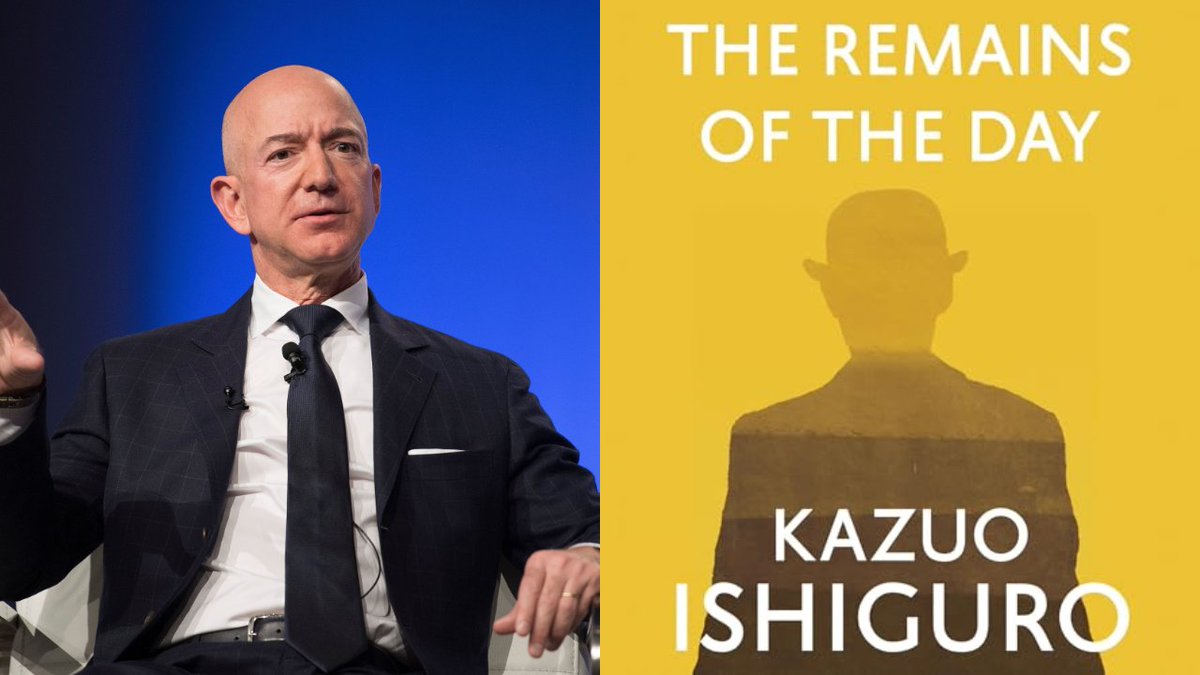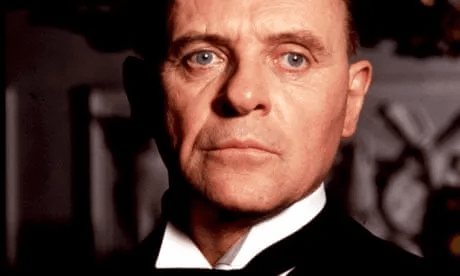
I talk about the skills, beliefs, and businesses I’m building | Helped 10,000+ start writing at https://t.co/t2IzOoW1mW | Former @blackrock trader turned writer
256 subscribers
How to get URL link on X (Twitter) App


 The book follows Stevens, an English butler who sacrificed everything for "professional dignity."
The book follows Stevens, an English butler who sacrificed everything for "professional dignity."


 1. Start a Side Hustle While Working Full-Time
1. Start a Side Hustle While Working Full-Time
 By the end of this thread you will have:
By the end of this thread you will have:
 For my prompts, I use:
For my prompts, I use:
 Everyone says AI is amazing.
Everyone says AI is amazing.
 Looking back, 99% of the things I did were a complete waste of time.
Looking back, 99% of the things I did were a complete waste of time.
 First, some context.
First, some context.
 1. "Which decision would the person I'm trying to become make?"
1. "Which decision would the person I'm trying to become make?" 
 The goal of your writing is effective communication—writing that *works.*
The goal of your writing is effective communication—writing that *works.*

 The wake-up call hit hard.
The wake-up call hit hard.

 First, why should you even start writing?
First, why should you even start writing?
 On The Tim Ferriss Show, Naval said this is his go-to resource for writing:
On The Tim Ferriss Show, Naval said this is his go-to resource for writing:

 It all started in 1911.
It all started in 1911.

 Business Adventures was written in 1969 by John Brooks & originally published in The New Yorker.
Business Adventures was written in 1969 by John Brooks & originally published in The New Yorker.

 In 2020, I was making $180k at BlackRock.
In 2020, I was making $180k at BlackRock.
 In this thread, I'll cover:
In this thread, I'll cover:
 Born in 1883 in Saumur, France, Gabrielle Chanel’s childhood was marked by hardship.
Born in 1883 in Saumur, France, Gabrielle Chanel’s childhood was marked by hardship.
 Your monthly reflection:
Your monthly reflection:
 1. Start a Side Hustle While Working Full-Time
1. Start a Side Hustle While Working Full-Time